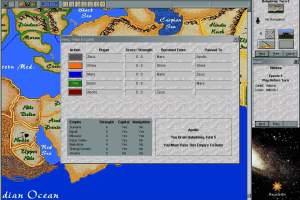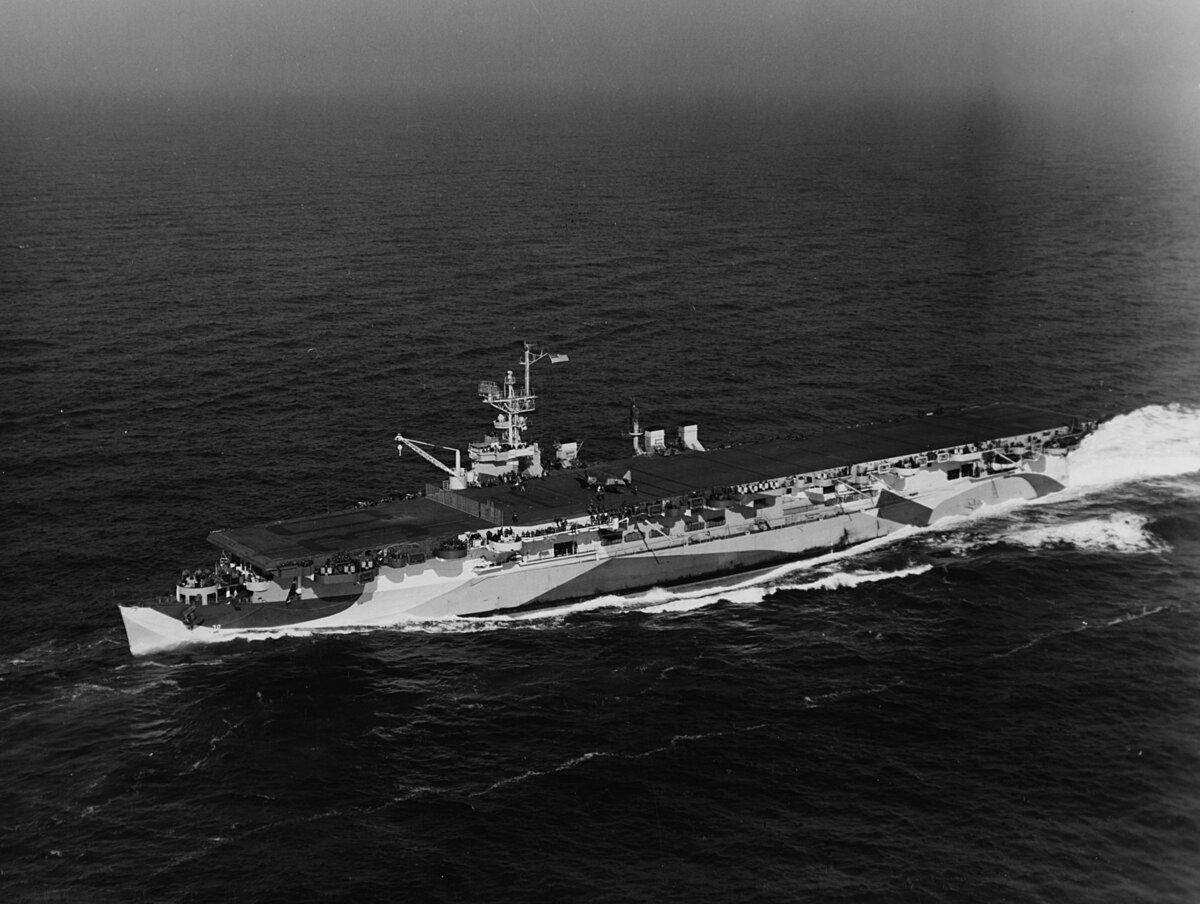Stryder50
Platinum Member
The Southern States did.After 1808, we bred our own slaves
Over the next 50 years the slave population grew to 4 million
Not much of that happening in the Northern States or the frontier West. Which is where many escaped slaves fled to BTW.
Many need to understand that compromises were made in the sake of a united front against England during the War of Independence. Also afterward when seeking to foster a nation of United States, hence the Constitutional quirks like slaves counting as 3/5ths a person for population purpose in allocating numbers in Congress (House of Representatives). Contrary to the lies/distortions of the "1619ers", it wasn't to demean the slaves, rather a concession to the Southern States to allow for non voting non-citizens to be included in their population numbers.



/pic287451.jpg)



/pic24006.jpg)


